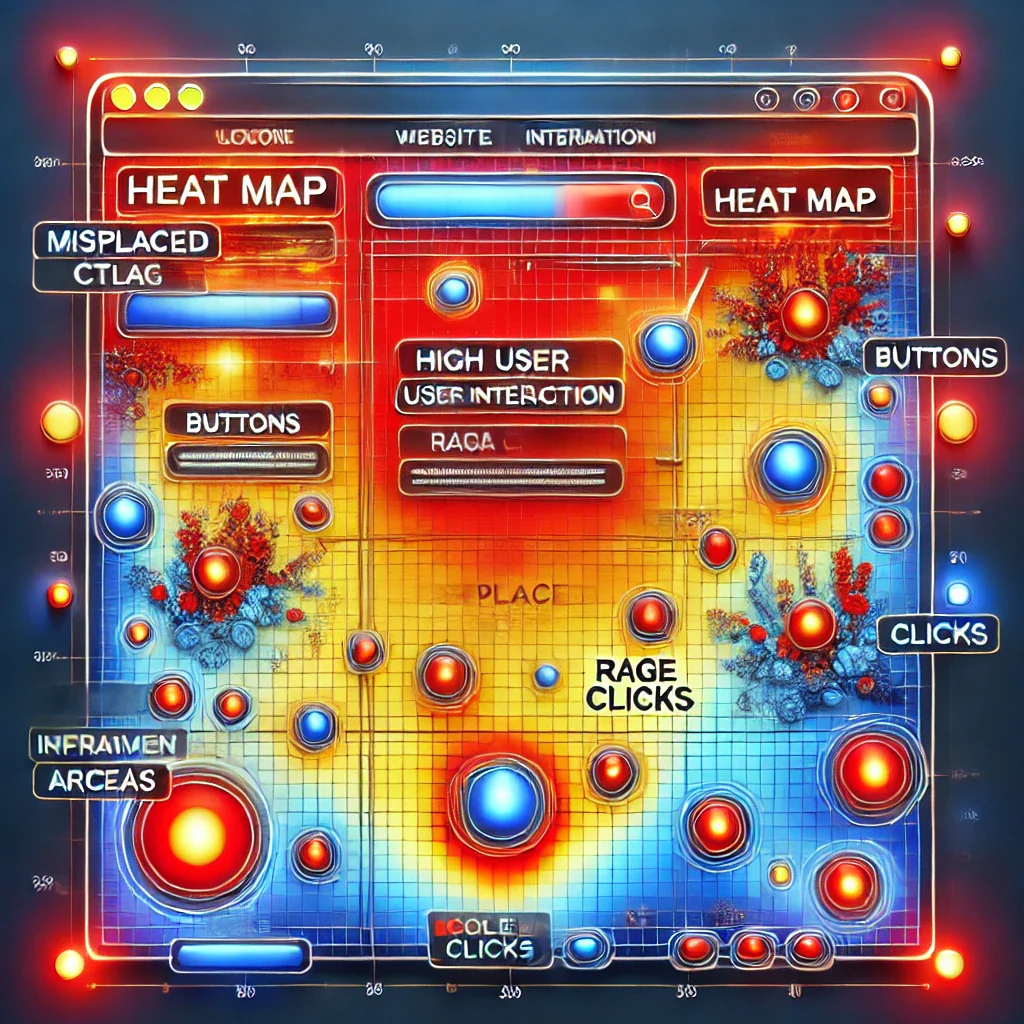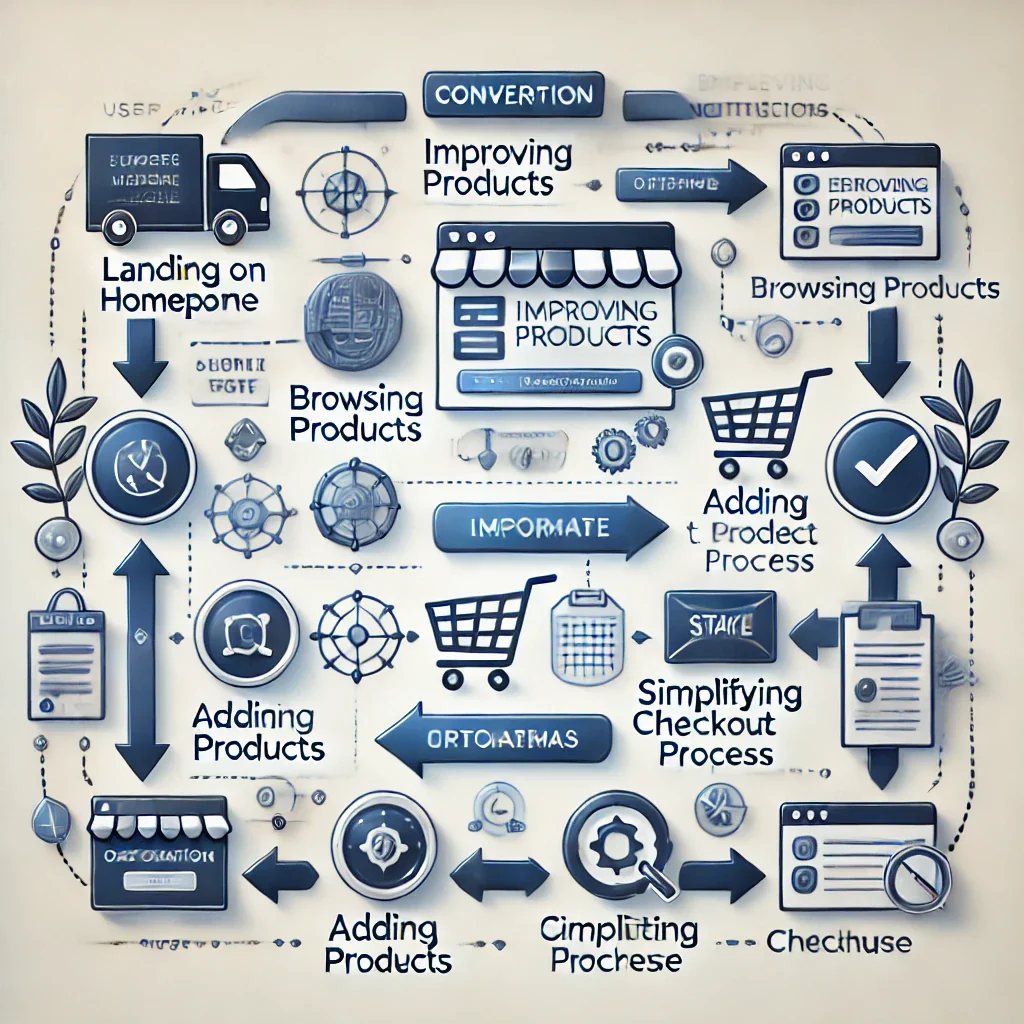When to Redesign Your Website vs. Optimize for Conversions
Does your website feel outdated, or are your conversions stuck below 1%? If so, you’re likely wondering whether you need a full redesign or just some strategic tweaks. Today, I’ll help you figure out when to choose one over the other and how to identify key indicators for each path.
With years of experience in web development and digital marketing, I’ve worked with a wide variety of CMS platforms, including WordPress, Shopify, BigCommerce, and Drupal. While every business is unique, one thing remains consistent: your website needs to work for your audience, not just look good. Let’s dive into what that means.
When to Consider a Website Redesign
A full redesign can be a big undertaking, so it’s important to assess whether it’s truly necessary. Here are some clear indicators:
Your Site is Outdated or Inconsistent
If your website looks like it hasn’t been updated in five years or more, it’s time to take action. Design trends evolve, but more importantly, so do user expectations. Modern websites are mobile-friendly, visually clean, and intuitive.
Inconsistent page designs are another major red flag. If your product pages, blogs, and landing pages each have wildly different layouts, your site lacks cohesion. This can confuse visitors and detract from your brand’s credibility. Remember, your site’s theme should act as a unifying element across all pages.
Poor Mobile Experience
With mobile devices accounting for a significant share of web traffic, your site must provide a seamless mobile experience. Have you checked how your site looks on mobile lately? Using tools like your browser’s Inspect feature, you can view your site in different mobile formats. If navigation is clunky or images don’t resize correctly, you’re losing potential customers.
Excessive Website Bloat
Over time, many websites accumulate unnecessary pages. For example, you might have old blog posts that no one reads anymore or duplicate pages created during a redesign that were never properly removed. This “website bloat” can harm your SEO and waste Google’s crawl budget, reducing your site’s overall performance.
If your site is bloated, perform a content audit. Identify which pages still provide value and eliminate the ones that don’t. A leaner site is easier for both users and search engines to navigate.
Key Signs You Need Conversion Rate Optimization (CRO)
Redesigns aren’t always the answer. If your website looks modern and functions well but isn’t converting, you may need CRO instead. Here’s how to tell:
Low Conversion Rates
The bare minimum conversion rate to aim for is 1%. Anything less indicates that visitors aren’t engaging with your content or taking the desired actions. A good conversion rate typically falls between 5% and 11%. If your site converts above 11%, you’re in exceptional territory.
If you’re stuck around the 1% mark, focus on incremental improvements. For example:
- Adjust the placement of your calls to action (CTAs).
- Improve your value propositions.
- Simplify your forms.
Small tweaks like these can significantly impact your conversion rates over time.
Heat Mapping Insights
Heat mapping tools like Lucky Orange or Hotjar provide invaluable data about user behavior. They can show you where users are clicking, how far they scroll, and even instances of “rage clicks” (when users repeatedly click on something that doesn’t work). This information can help you identify problem areas on your site.

For example, if users are frequently clicking on an image that isn’t linked to anything, consider making it a clickable element. Similarly, if a key CTA is being ignored, experiment with moving it to a more prominent location.
High Bounce Rates
Google Analytics can provide insights into bounce rates, time on page, and user retention. If visitors are leaving your site quickly, it’s worth investigating why. Common culprits include slow loading times, unclear navigation, or irrelevant content.
Common Mistakes to Avoid
Redesigning Without a Strategy
Don’t redesign your website just because it feels “old” to you. Before committing to a full overhaul, analyze whether your site’s design is truly hindering performance or if smaller optimizations could achieve the same goals.
Overcomplicating WordPress
WordPress is my go-to recommendation for most businesses because of its flexibility and user-friendliness. However, adding too many plugins or using complex page builders like Elementor or Divi can make WordPress harder to manage for non-technical users. Keep it simple unless you have a dedicated team to manage these tools.
Ignoring Mobile Users
It’s not enough for your site to work on mobile; it has to excel on mobile. Test your pages thoroughly on various devices to ensure a seamless experience. Don’t overlook small details like button sizes or text readability.
Neglecting User Feedback
Ask your customers, friends, or even random acquaintances for their honest opinions about your site. Tools like Lucky Orange can also provide pop-up surveys to collect user feedback. Remember, criticism is an opportunity for growth.
The Importance of Heat Mapping
Heat mapping deserves its own section because of how powerful it is. Here are some specific insights you can gain:
- Click Patterns: Identify which elements attract the most attention.
- Scroll Depth: See how far users scroll down your pages.
- Frustration Indicators: Discover areas where users experience difficulties, like rage clicks or dead-end interactions.
Combined with data from Google Analytics, heat mapping can provide a complete picture of how users interact with your site and where improvements are needed.

The Role of Consistency
One often-overlooked aspect of web design is consistency. All blogs should follow the same template. The same goes for product pages and informational pages. Consistency enhances usability and strengthens your brand identity.
Imagine walking into a Target where every department is arranged differently. It’s disorienting and frustrating. Your website’s layout should follow a predictable structure while still reflecting your brand’s unique identity.
Final Thoughts
Should you redesign your website or optimize it for conversions? The answer depends on your current site’s performance, user experience, and business goals. Redesigns are ideal for outdated or inconsistent sites, while CRO is better suited for improving conversion rates on a functional website.
Before making any major decisions, take an objective look at your site. Use tools like heat mapping, Google Analytics, and user feedback to guide your strategy. And remember, small changes can lead to big improvements.
If you’re still unsure which path to take, feel free to reach out. I’d be happy to help you evaluate your website and determine the best next steps. Let’s make your site work for your business!
